
From Battery to Brakes: How Long Does an Electric Bike Really Last?
A well-maintained electric bike can last 5 to 10 years, depending on how you ride, store, and service it. The battery typically lasts 3 to 5 years or 500–1,000 charge cycles. Brake pads need replacement every 1,000 to 2,000 miles. To make your e-bike last longer, perform regular maintenance and avoid extreme weather conditions.
Electric bikes can last from five to ten years, depending on key factors like battery and brake maintenance. Understanding these components is essential for maximizing your e-bike's lifespan.
In this article, we'll explore how the battery and brakes influence the longevity of your electric bike. You'll also discover practical tips for extending their life and ensuring a reliable ride.
Understanding Electric Bike Lifespan
The lifespan of an electric bike is influenced by various factors, including how often it is used, the quality of its components, and the conditions in which it is stored and maintained. On average, an e-bike can last anywhere from five to ten years years. However, with proper care, some parts can last even longer.
Factors Influencing Lifespan
Firstly, the frequency of use is significant; regular riding leads to greater wear and tear, which can impact the overall longevity of the bike. The more frequently you ride, the more stress is placed on various components, ultimately shortening their life.
Another essential factor is maintenance. Regularly maintaining your e-bike helps catch potential issues early on, allowing for timely repairs and adjustments that can prevent further damage and extend the life of your bike.
Lastly, proper storage conditions are vital. Keeping your bike in a dry, sheltered area protects it from environmental damage, such as moisture and extreme temperatures, which can adversely affect its components and overall lifespan.

The Heart of the Electric Bike: The Battery
The battery is arguably the most critical component of an electric bike. It powers the motor and determines how far you can travel on a single charge. Most e-bike batteries are lithium-ion, favored for their high energy density, lightweight design, and long-lasting performance. A good electric bike battery typically lasts 500 to 1,000 charge cycles, translating to 3 to 5 years of real-world use under average conditions.
Electric Bike Battery Lifespan
A good-quality lithium-ion battery will generally last between 500 to 1,000 charge cycles. Depending on your usage, this translates to approximately three to five years of regular use. After this period, you may notice a decline in performance, such as reduced range per charge.
How Many Years Does an Ebike Battery Last?
On average, an electric bike battery lasts three to five years with regular use. Some high-end models, especially those using advanced lithium-ion cells, can last up to seven years if properly maintained. However, lifespan varies by battery brand, usage patterns, and how often it’s fully discharged.
To get the most out of your battery, avoid overcharging, extreme temperatures, and frequent full discharges.
Factors Affecting Battery Lifespan
-
Charging Habits: Overcharging or frequently letting the battery drain completely can shorten its lifespan.
-
Temperature: Extreme temperatures, whether hot or cold, can affect battery performance and longevity.
-
Storage: When not in use, store the battery in a cool, dry place to maximize its lifespan.
Signs Your Ebike Battery Needs Replacing
Wondering if your e-bike battery is on its last legs? Look out for these signs:
-
Significant drop in range even after full charge
-
Longer charging times than usual
-
Visible battery swelling or overheating
-
Battery can't hold charge overnight
If you notice one or more of these, it's likely time to consider a battery replacement.
Tips for Extending Battery Life
-
Charge Regularly: Avoid letting the battery fully discharge. Aim to keep it between 20% and 80%.
-
Use the Correct Charger: Always use the charger that came with your 48v ebike or a manufacturer-approved alternative.
-
Avoid Extreme Temperatures: Try to park and store your e-bike in temperature-controlled environments.

The Stopping Power: Electric Bike Brakes
Brakes are another essential component that affects the safety and performance of your e-bike. Most e-bikes use either disc brakes or rim brakes.
Electric Bike Brake Lifespan
The lifespan of e-bike brakes can vary depending on the type and quality. Disc brakes are more durable and generally last longer than rim brakes. On average, e-bike brake pads last between 1,000 to 2,000 miles, depending on usage and terrain. Wet or muddy conditions may reduce their life to under 1,000 miles. For riders commuting daily or descending hills often, frequent inspections are critical.
Factors Influencing Brake Lifespan
-
Riding Conditions: Frequent riding in wet or muddy conditions can wear down brake pads faster.
-
Riding Style: Aggressive braking can shorten brake lifespan.
-
Quality of Brakes: Higher-quality brakes are more durable and last longer.
Tips for Extending Brake Life
-
Regular Inspections: Check your brakes regularly for wear and tear.
-
Replace Pads When Needed: Don’t wait until your brakes are completely worn down to replace the pads.
-
Adjust Your Riding Style: Avoid abrupt stops when possible to reduce wear on the brakes.
FAQs
-
How many years does an electric bike last overall?
A well-maintained electric bike can last 10 years or more, but average lifespan ranges between 5 to 8 years depending on usage, build quality, and parts replacement. -
How long do e-bike brake pads typically last?
Brake pads usually last 1,000 to 2,000 miles, but aggressive riding or wet conditions can reduce this significantly. -
What’s the average battery lifespan on an electric bike?
Typically, a battery will last 3 to 5 years or 500 to 1,000 full charge cycles with proper care. -
How can I make my e-bike last longer?
Perform regular maintenance, avoid harsh riding conditions, and store your bike properly to extend its lifespan. -
When should I replace my e-bike battery?
If you notice shorter range, longer charge times, or battery swelling, it may be time to replace it.




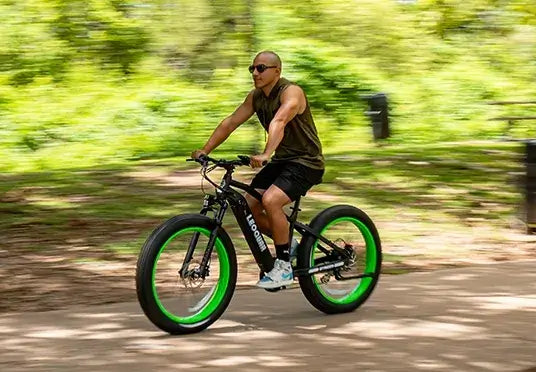




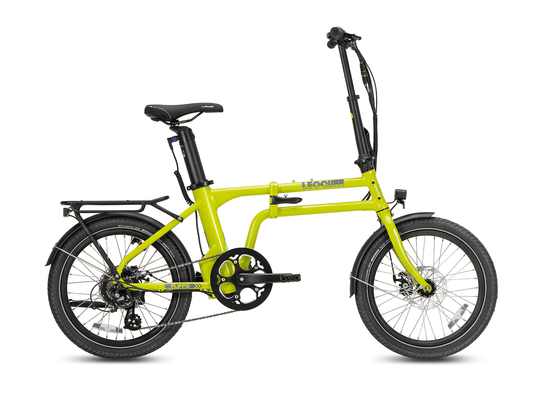
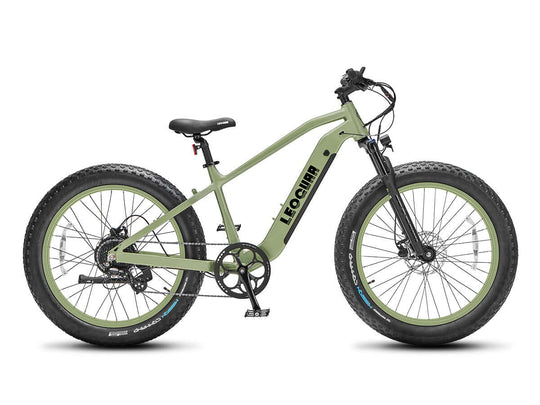
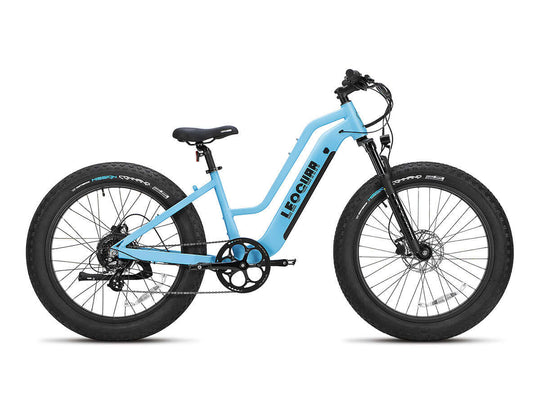
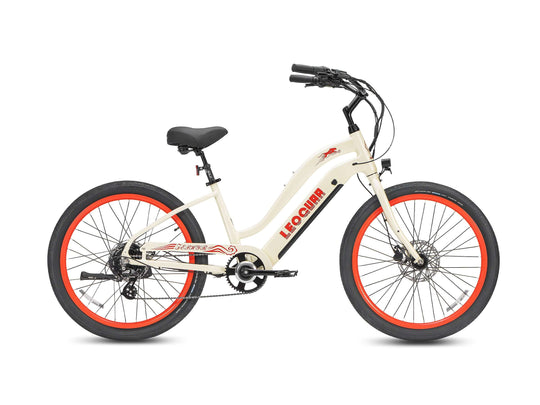
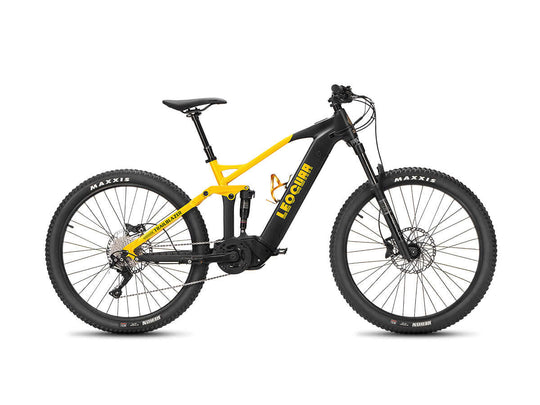
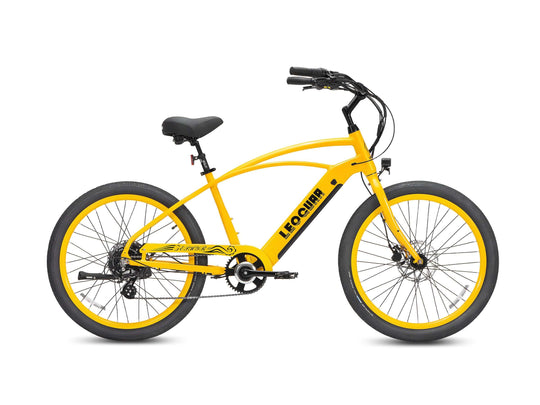
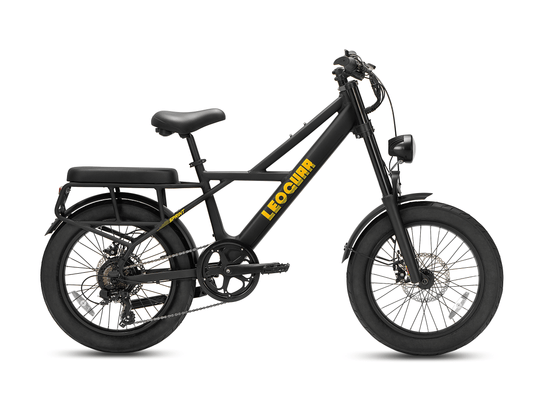

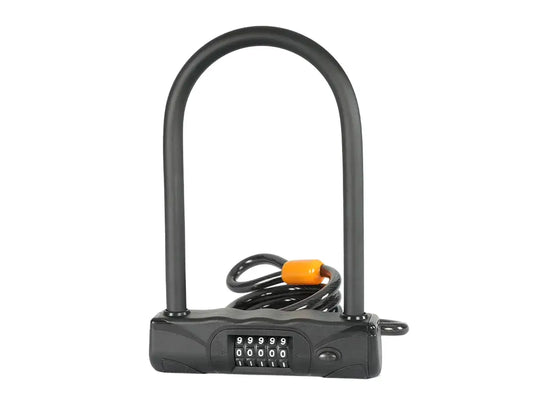

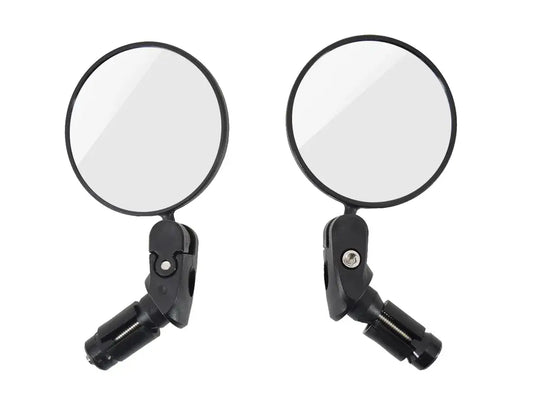
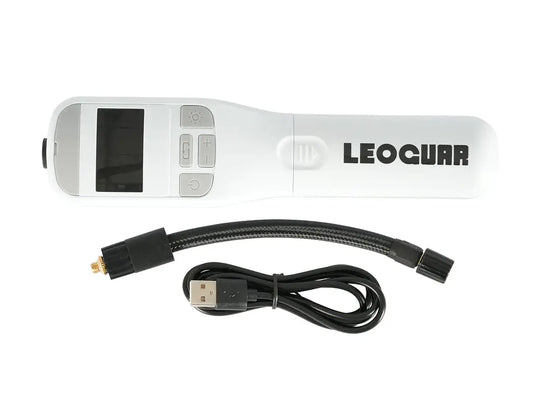
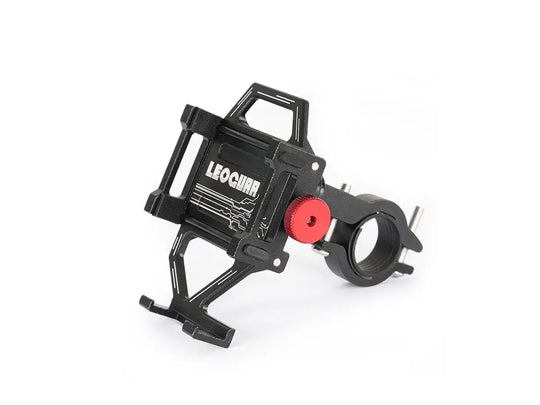


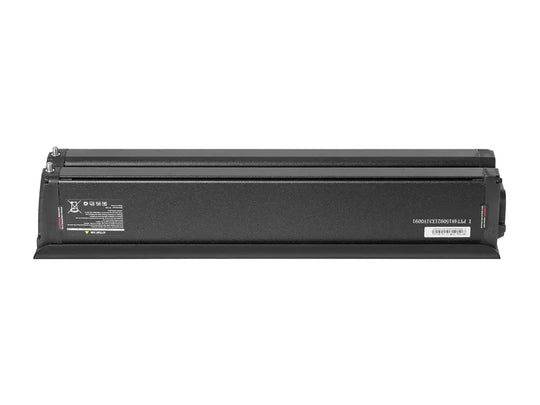
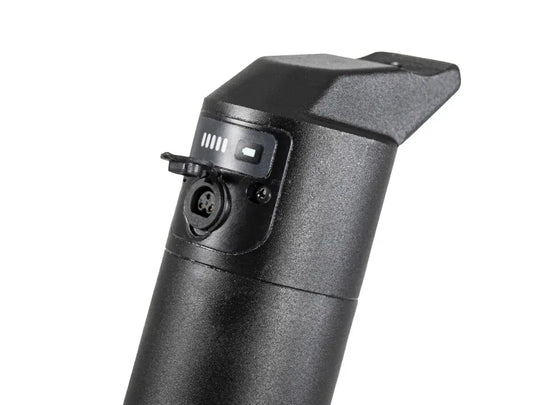
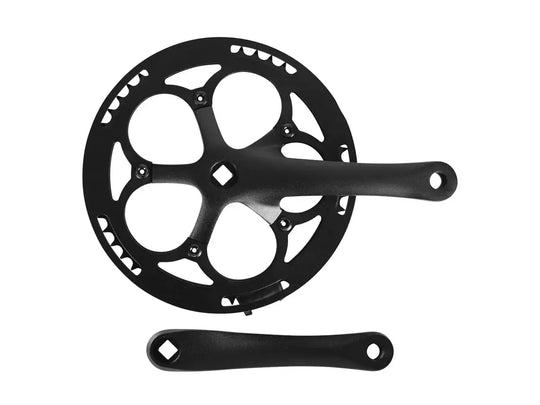
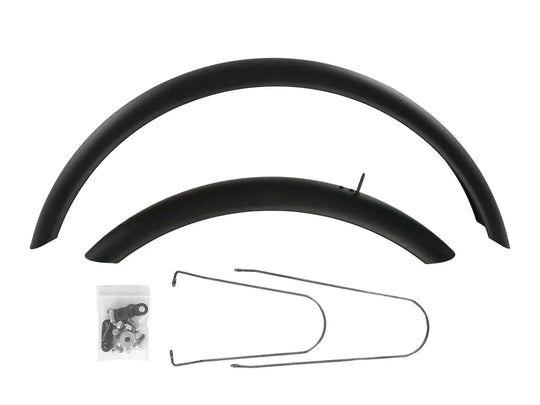
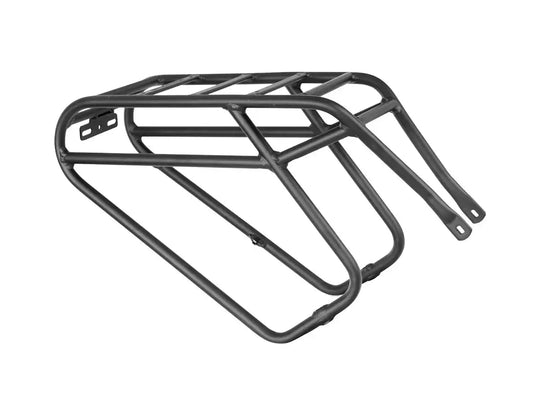
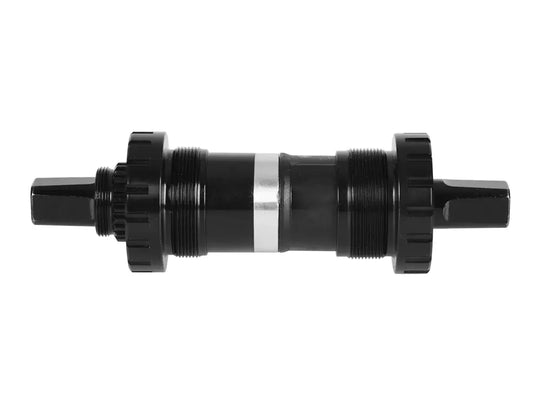
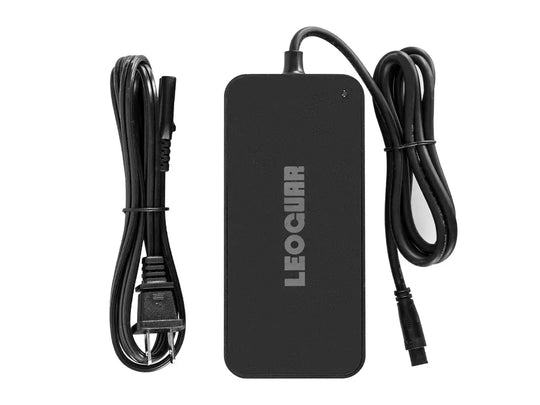
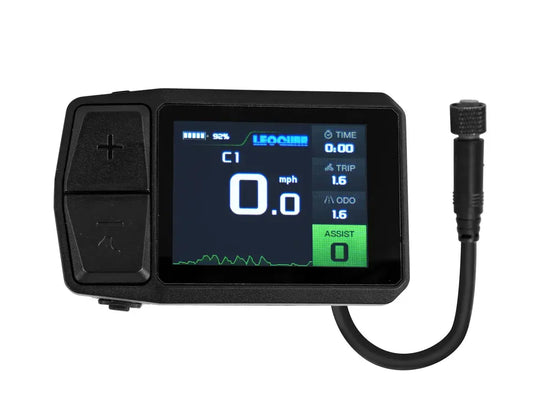
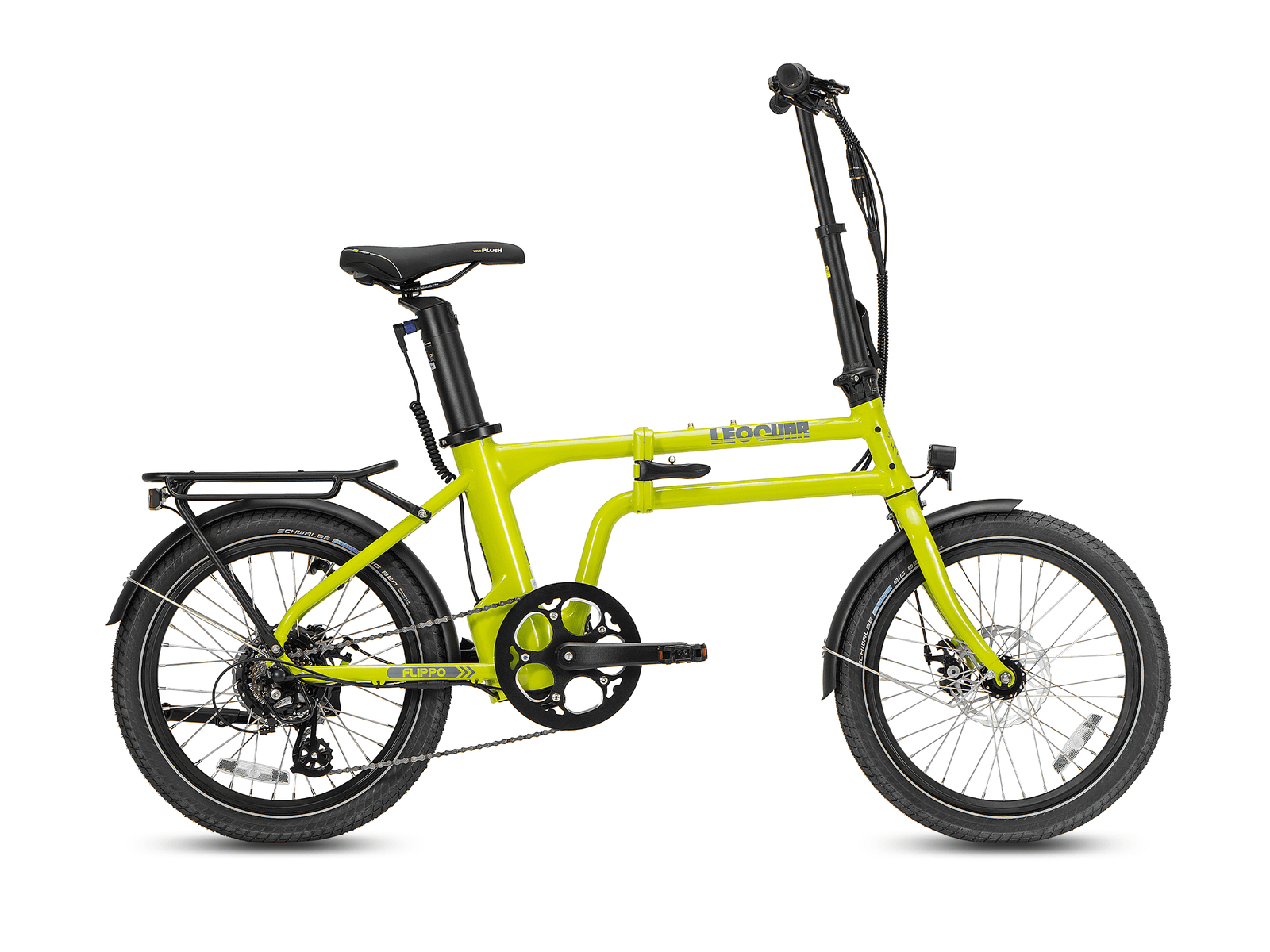







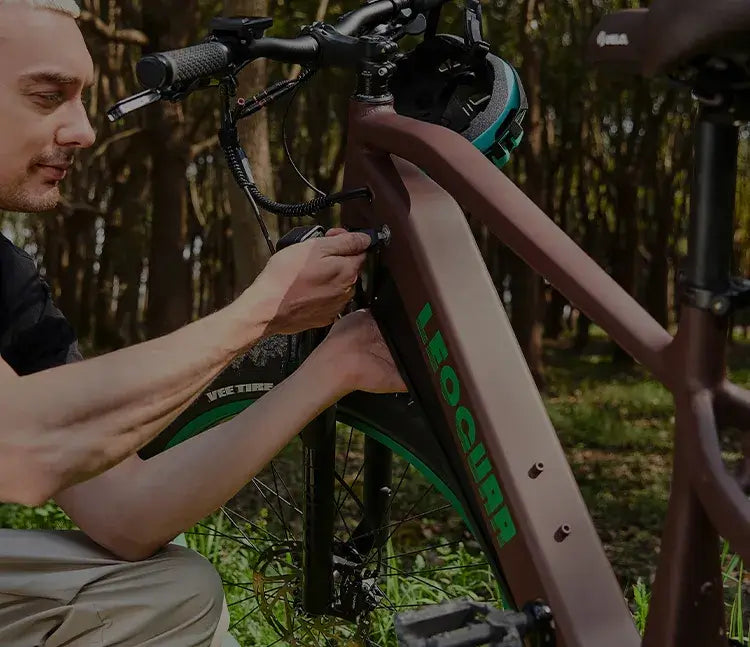
Leave a comment